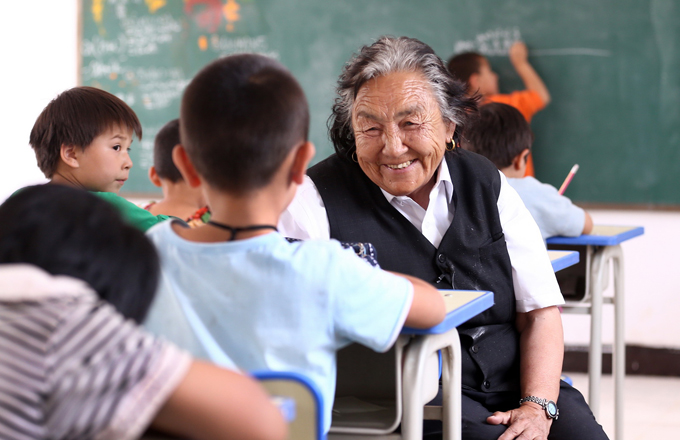The great thaw
In addition, local livestock farming relies on natural pastures. A change in the weather pattern - less snow - is already showing signs of grassland degradation. The official says the county has been providing a subsidy to deal with this ecological issue since 2011. The pastures support the livelihoods of around 58,000 people in the county.
"Global warming will also lead to the gradual reduction of the area's permafrost, a part of which still depends on the glacier. But it could dry up in the future and affect the growth of plants," says Wei Guodong, another local official.
Mingyong village, where some 300 people live, lies in the foothills of the glacier. Many rural residents are farmers who grow and sell corn, highland barley, grapes, nuts, olives and pine mushroom, as well herbs for use in traditional Chinese and Tibetan medicines. A few others have opened inns and restaurants to cater to tourists.
A small river, fed by the glacier, runs through the village and enriches the soil.
"I used to collect ice from the glaciers here," Cili Kazhu, 57, says of her younger days when she spent time around smaller glaciers in the vicinity.



















